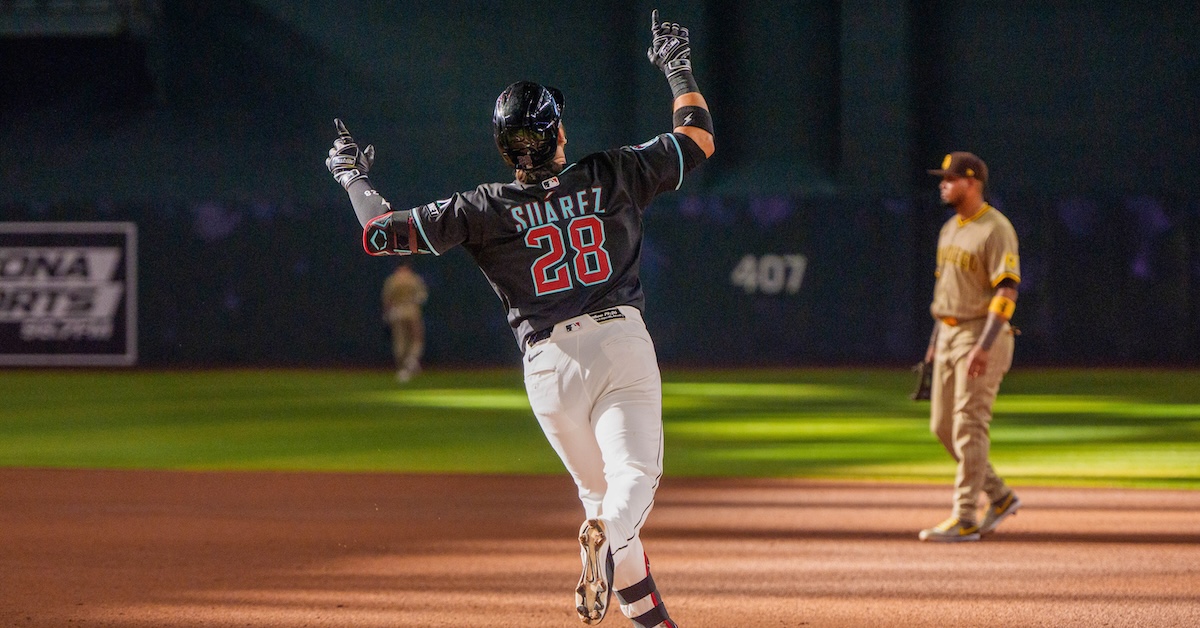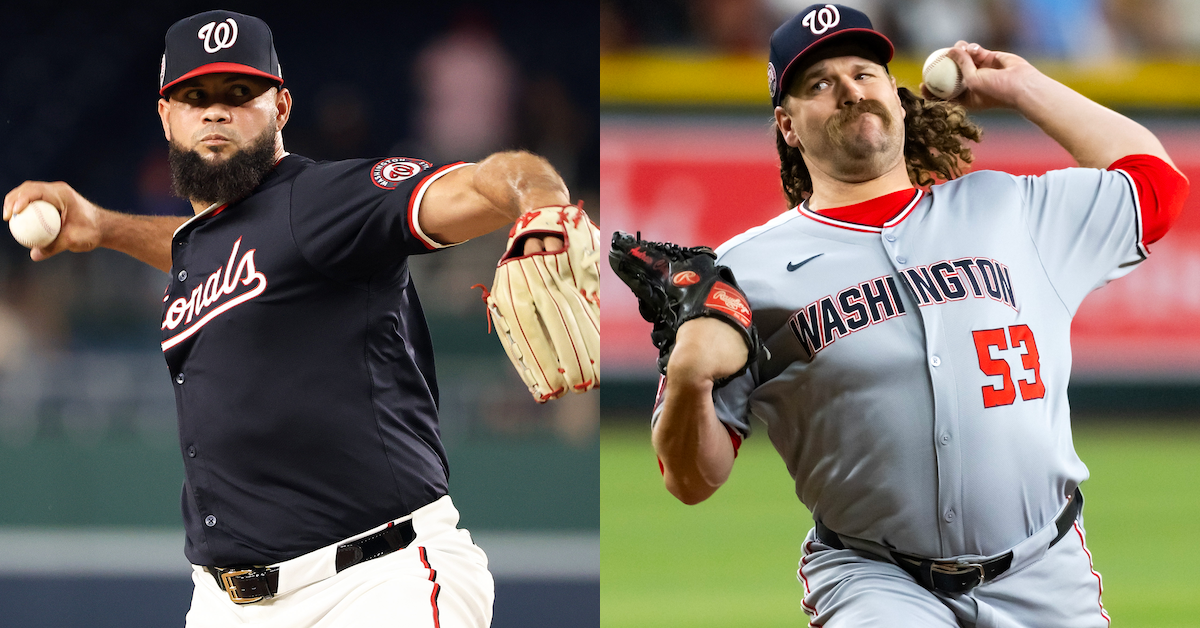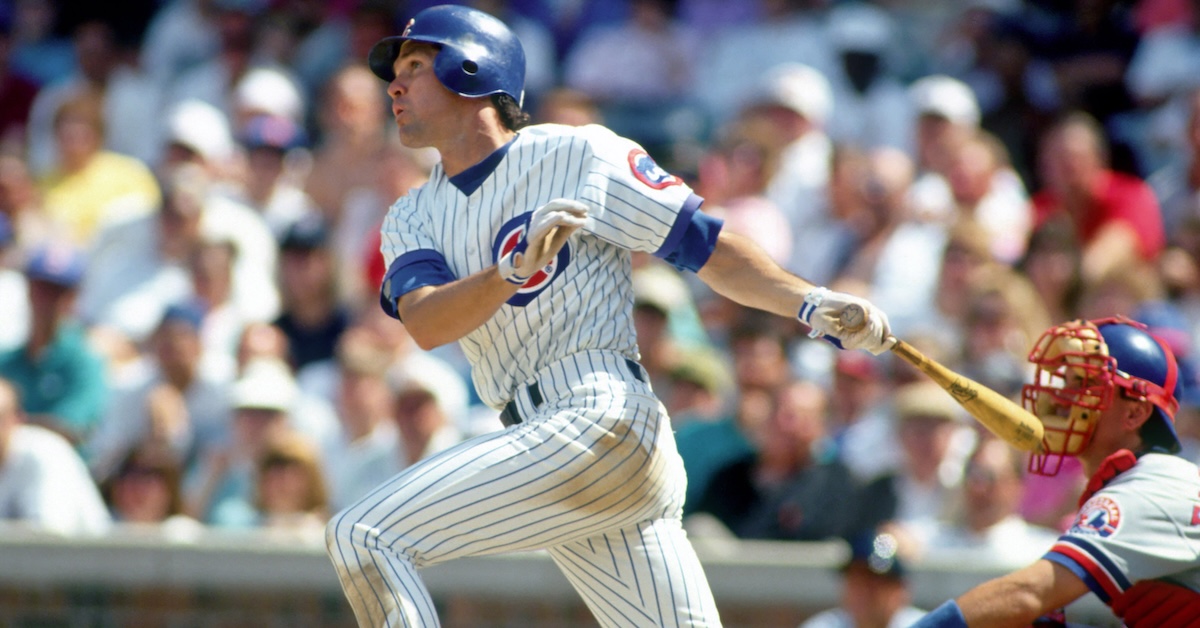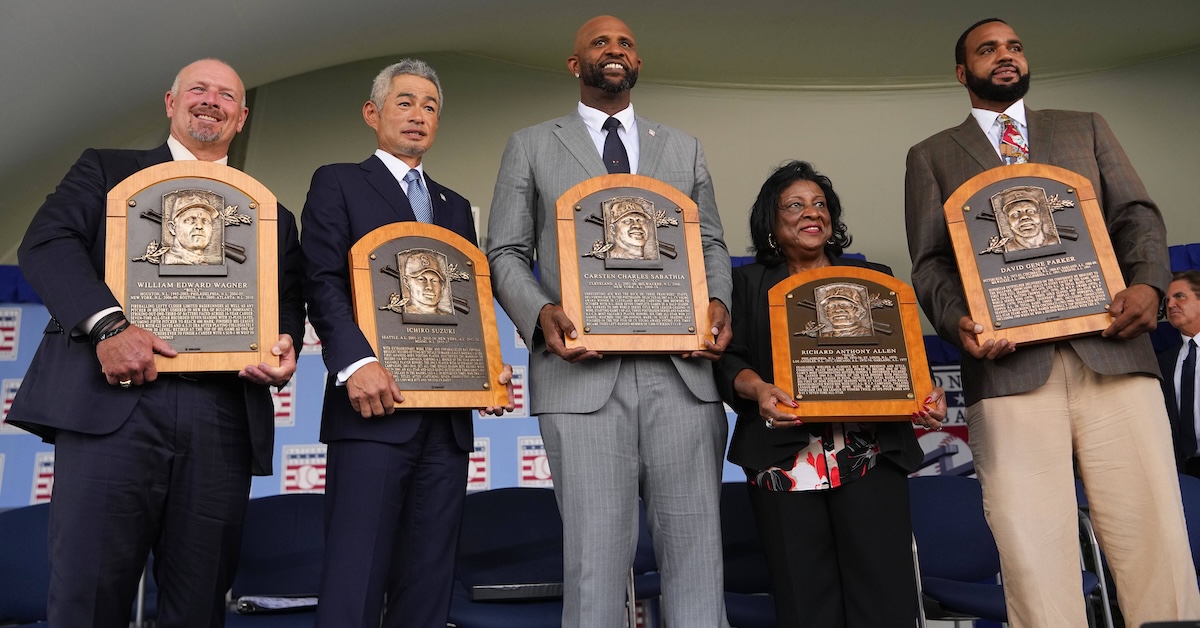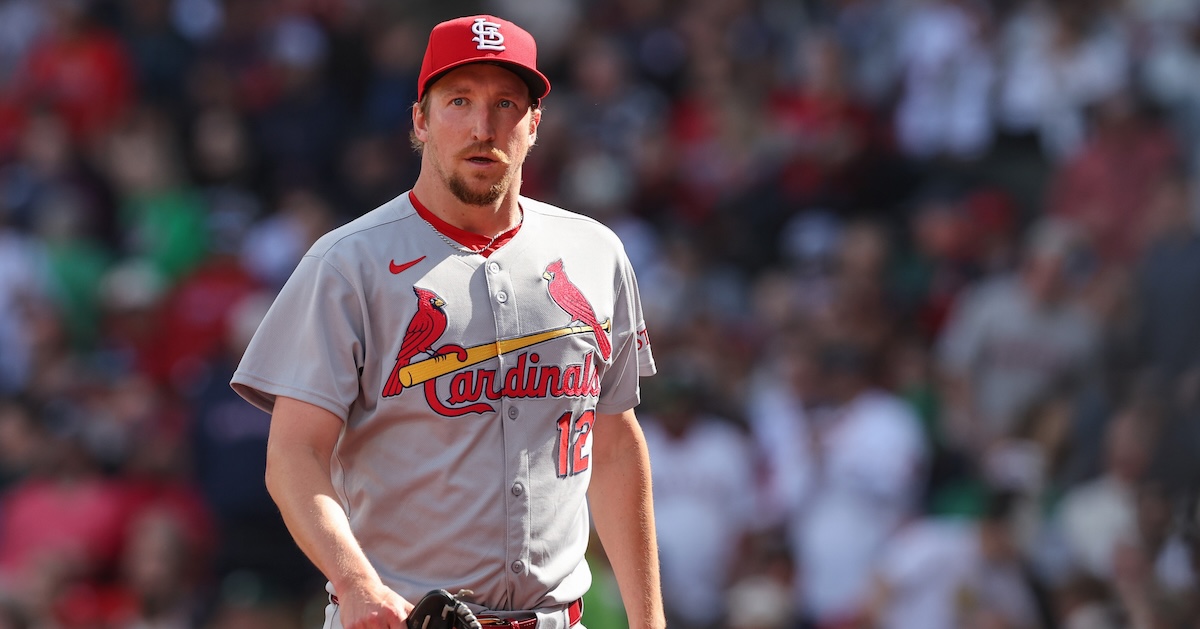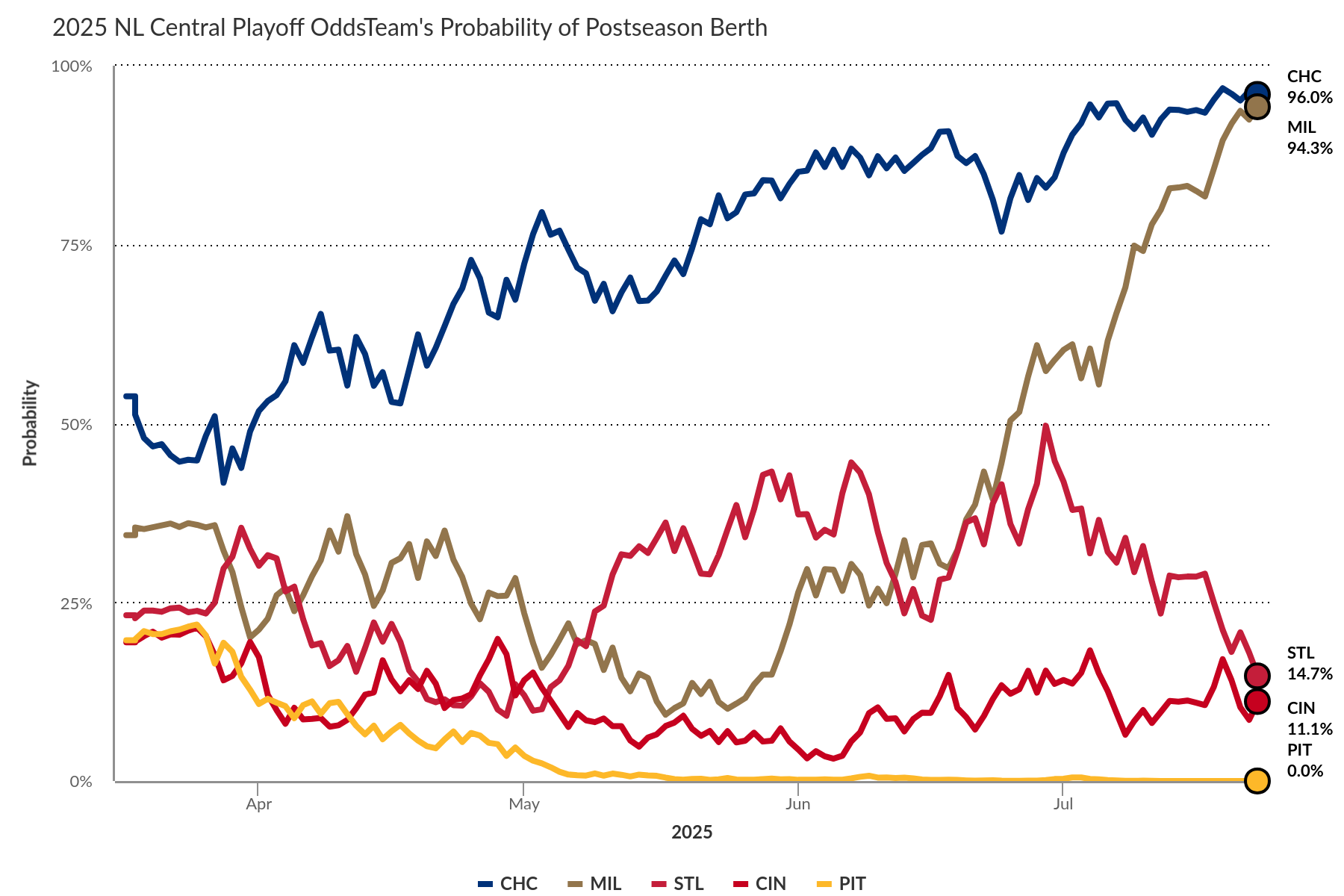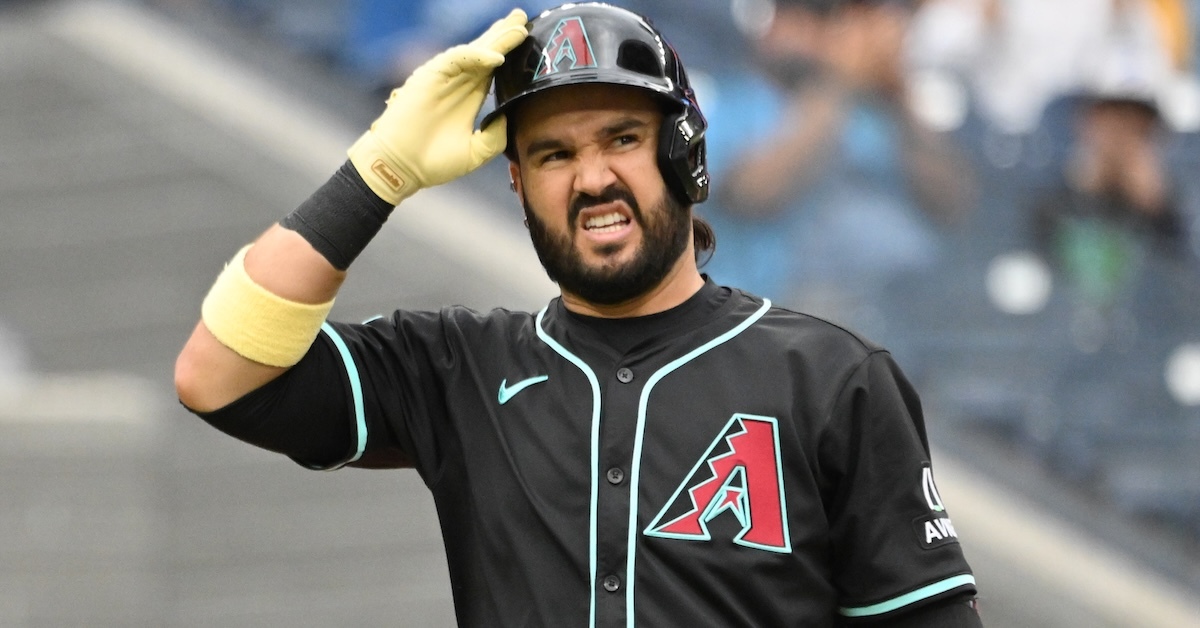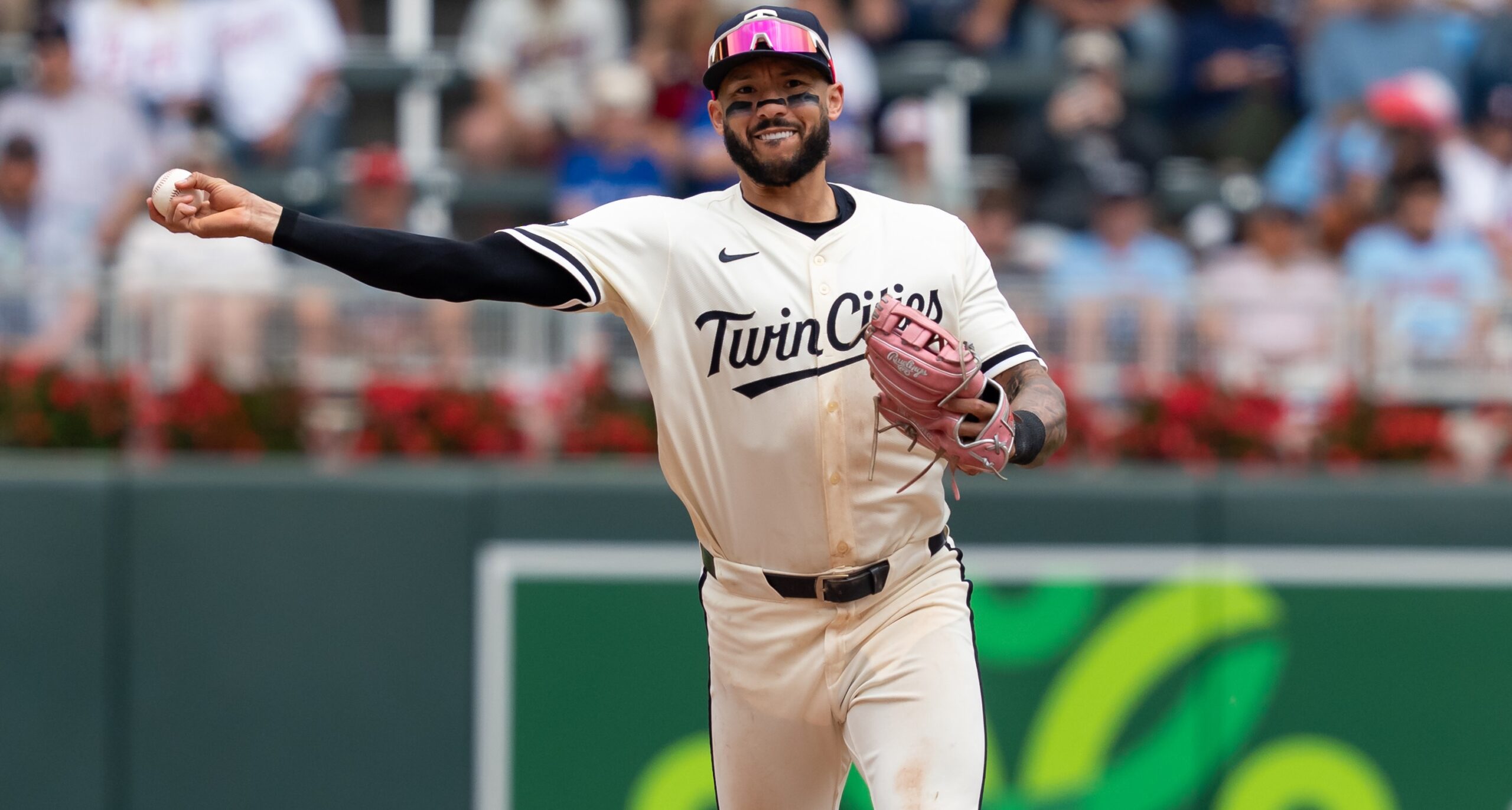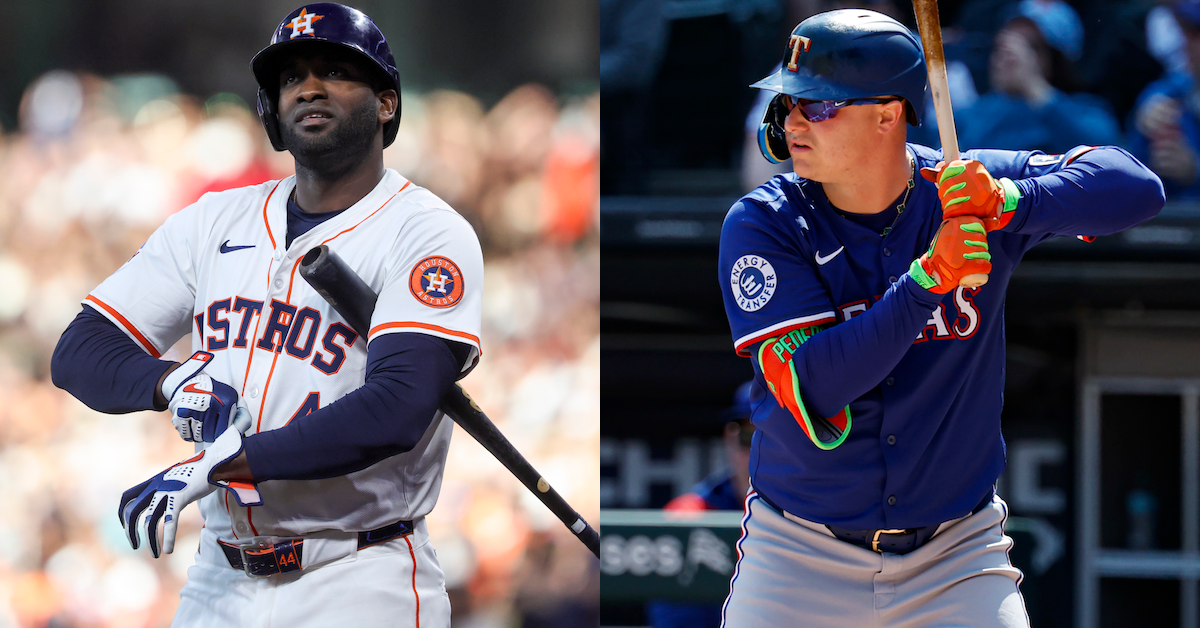Bad Phillies Outfield Gets Bader From Trade With Twins
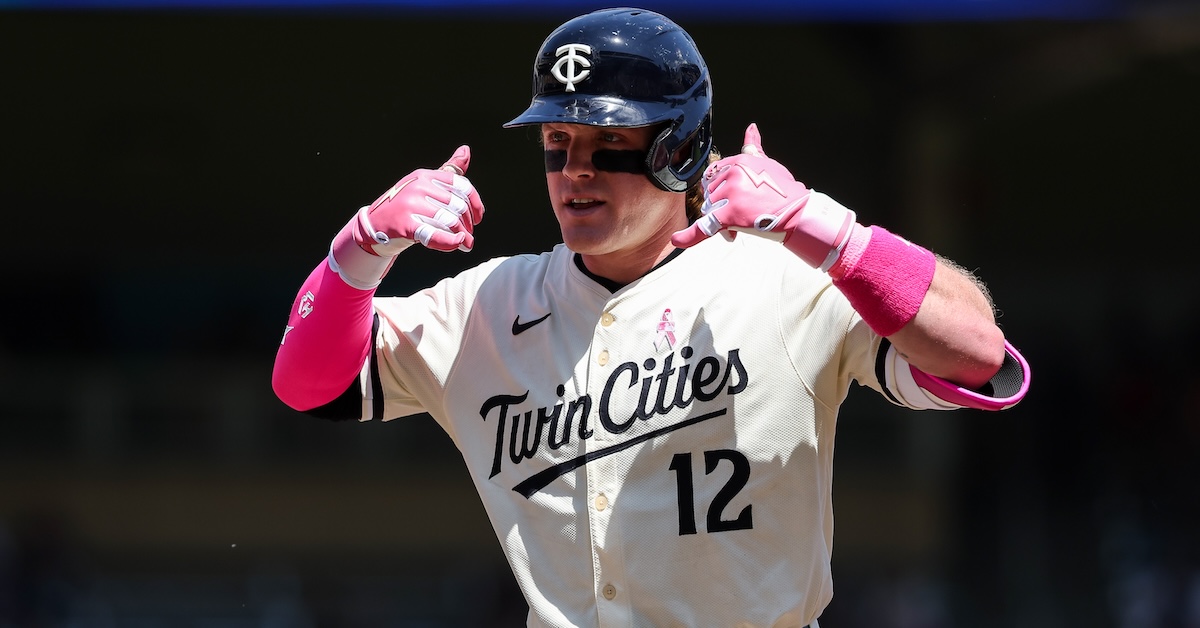
The Phillies have spent the first four months of the season battling the Mets for the top spot in the NL East despite getting almost no positive production from their outfield. All three positions landed on my annual Replacement-Level Killers lists, and at this writing, their outfielders’ net WAR of 0.6 is the third-lowest total in the majors, ahead of only the Guardians and Royals. Ahead of Thursday’s trade deadline, Philadelphia took a step to address that problem by trading two prospects to the Twins in exchange for Harrison Bader.
This could be more than just a typical two-month rental. Bader is making $6.25 million this season and has a $10 million mutual option with a $1.5 million buyout for 2026. The prospects heading to Minnesota are Hendry Mendez, a lefty-swinging 21-year-old outfielder from the Dominican Republic who’s spent this season at Double-A Reading, and Geremy Villoria, a 16-year-old righty from Venezuela who’s been pitching in the Dominican Summer League. Neither of them cracked the Phillies Top 30 Prospects list in late January, but things have changed in the past six months.
This is the third season out of four in which Bader has changed teams midseason. He was dealt from the Cardinals to the Yankees in exchange for Jordan Montgomery on August 2, 2022, and selected off waivers from the Yankees by the Reds on August 31, 2023; he spent all of last season with the Mets. Perhaps not coincidentally, he’s in the midst of his best season since 2021, when he hit for a 108 wRC+ with 16 home runs, nine stolen bases, and amassed 2.9 WAR in just 103 games (401 plate appearances) with the Cardinals. Read the rest of this entry »
